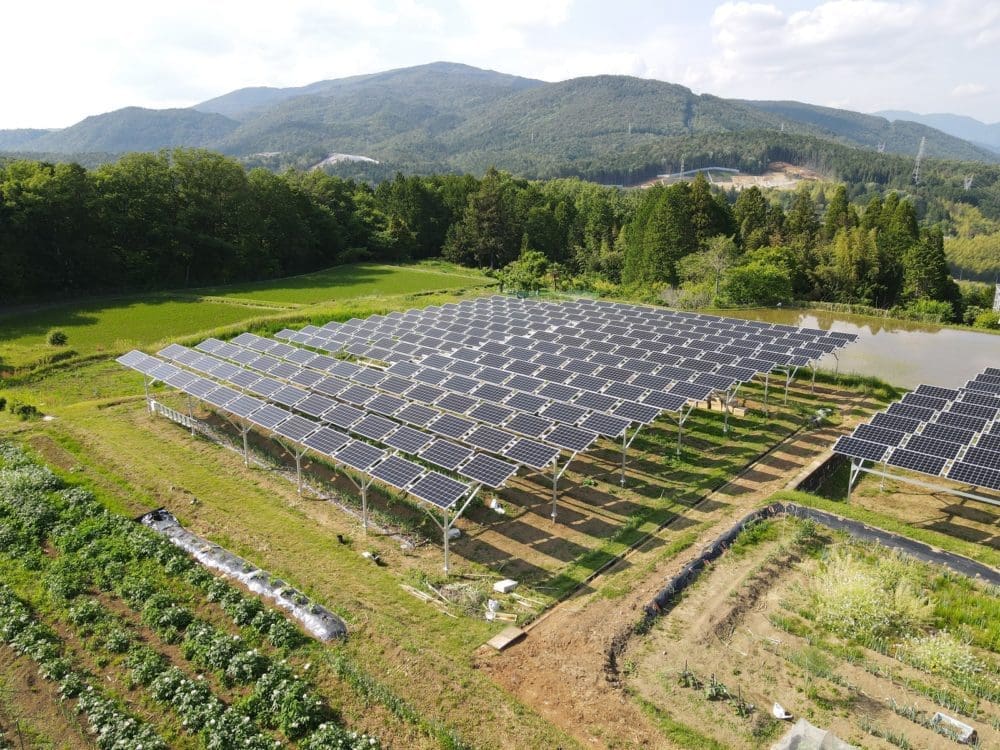Smallholder Farms in Indonesia: Challenges and Opportunities

Smallholder farms are the backbone of the Indonesian agricultural sector. They account for 93% of all farms in Indonesia and produce the majority of the country’s agricultural output. Smallholder farms are typically family-owned and operated, and they are often located in remote areas.
The average smallholder farm in Indonesia is very small, with an average size of just 0.6 hectares. This means that smallholder farmers have to work very hard to make a living. They often have to grow a variety of crops in order to ensure that they have enough food to eat and to sell.
Smallholder farmers in Indonesia face a number of challenges, including:
- Low productivity: Smallholder farms are often very inefficient, and they produce less output per hectare than large farms. This is due to a number of factors, including the lack of access to improved seeds, fertilizers, and irrigation.
- Low incomes: Smallholder farmers typically earn very low incomes. This is because the prices of agricultural commodities are often low, and smallholder farmers have to compete with large farms that have lower production costs.
- Climate change: Climate change is a major threat to smallholder farmers in Indonesia. Changes in rainfall patterns and extreme weather events are making it more difficult for smallholder farmers to grow crops.
Despite these challenges, smallholder farmers play an essential role in the Indonesian economy. They provide food for the country’s growing population, and they help to reduce poverty in rural areas. The Indonesian government is working to support smallholder farmers by providing them with access to improved seeds, fertilizers, and irrigation. The government is also working to help smallholder farmers diversify their crops and to adapt to climate change.

According to the Statistics Indonesia’s (BPS) integrated agriculture survey for 2021, the average annual income of small-scale farmers in Indonesia is Rp5.23 million (around US$370). This is below the national poverty line of Rp535,547 (around US$380) per month.
The highest average income of small-scale farmers in Indonesia is in Riau, with Rp310,747 (around US$210) per day. This is followed by Central Java with Rp298,893 (around US$203), Lampung with Rp297,295 (around US$202), North Kalimantan with Rp286,096 (around US$196), and Bengkulu with Rp270,830 (around US$185).
The average income of small-scale farmers varies depending on the region, the crops they grow, and the size of their farms. Farmers who grow high-value crops, such as palm oil and rubber, tend to earn more than farmers who grow staple crops, such as rice and corn. Farmers who have larger farms also tend to earn more than farmers who have smaller farms.
The low income of small-scale farmers in Indonesia is a major challenge for the country. It is estimated that 72.19% of Indonesia’s farmers live below the poverty line. This means that they are unable to meet their basic needs for food, shelter, clothing, and healthcare.
The Indonesian government is working to address the issue of low income among small-scale farmers. The government has implemented a number of programs to provide farmers with access to improved seeds, fertilizers, and irrigation. The government is also working to help farmers diversify their crops and to adapt to climate change.

What are agrisolar farms?
Agrisolar farms are a type of farm that combines agriculture with solar energy production. They are typically located in rural areas, and they use solar panels to generate electricity. The electricity generated by the solar panels can be used to power the farm’s operations, or it can be sold to the grid.
How can agrisolar farms help smallholder farmers?
Agrisolar farms can help smallholder farmers in a number of ways. First, they can increase productivity by providing farmers with access to renewable energy. Solar panels can provide farmers with a reliable source of electricity, which can be used to power irrigation pumps, water pumps, and other farm equipment. This can help farmers to grow more crops and to increase their yields.
How can agrisolar farms improve incomes?
Agrisolar farms can also improve incomes for smallholder farmers. The sale of electricity from the solar panels can provide farmers with a new source of income. In addition, the increased productivity of agrisolar farms can lead to higher crop yields, which can also increase incomes.
How can agrisolar farms help with climate change?
Agrisolar farms can also help to mitigate climate change. Solar panels do not produce greenhouse gases, so they can help to reduce the environmental impact of agriculture. In addition, agrisolar farms can help to conserve water, as they do not require as much water as traditional farms.
What are the challenges of agrisolar farms?
There are a few challenges associated with agrisolar farms. First, the upfront cost of installing solar panels can be high. However, the cost of solar panels has been declining in recent years, and the long-term benefits of agrisolar farms can outweigh the initial investment.
What are the opportunities for agrisolar farms in Indonesia?
Indonesia has a number of opportunities for agrisolar farms. The country has a large population of smallholder farmers, and it has a strong solar resource. In addition, the Indonesian government is supportive of agrisolar farms, and it has a number of programs in place to promote their development.
How can agrisolar farms lift Indonesian smallholder farmers out of poverty?
Agrisolar farms have the potential to lift Indonesian smallholder farmers out of poverty. They can increase productivity, improve incomes, and mitigate climate change. In addition, the Indonesian government is supportive of agrisolar farms, and it has a number of programs in place to promote their development.
Conclusion:
Agrisolar farms offer a new hope for Indonesian smallholder farmers. They can help to increase productivity, improve incomes, and mitigate climate change. The Indonesian government is supportive of agrisolar farms, and it has a number of programs in place to promote their development.